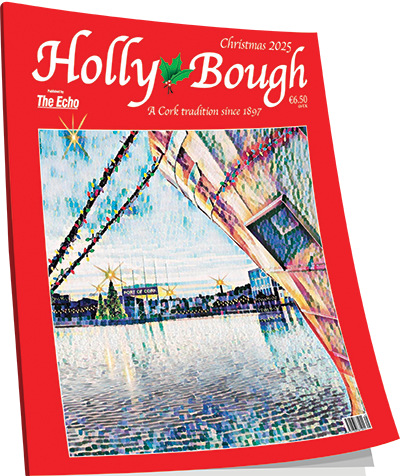Lord Mayor's Column: Revamped Cork City quarter has stories to tell
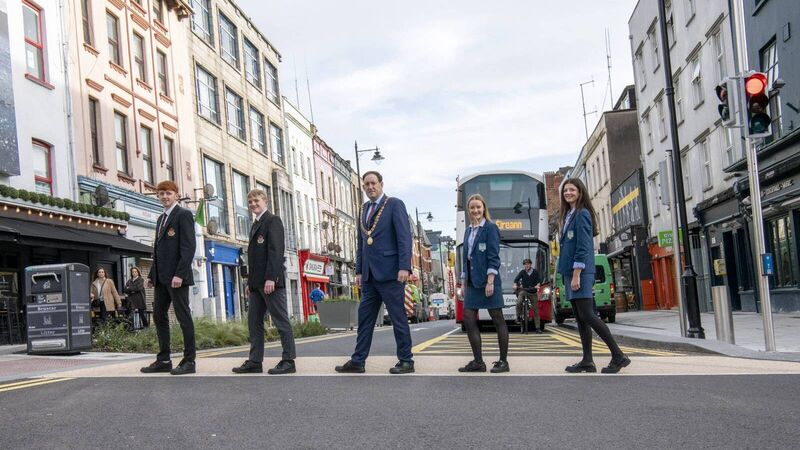
Lord Mayor of Cork Cllr. Kieran McCarthy and students from Scoil Mhuire and Christian Brothers College on the revamped MacCurtain Street, enjoying the new bus stops, pedestrian crossings and public realm improvements delivered under the MacCurtain Street Public Transport Improvement Scheme. Pic: Brian Lougheed
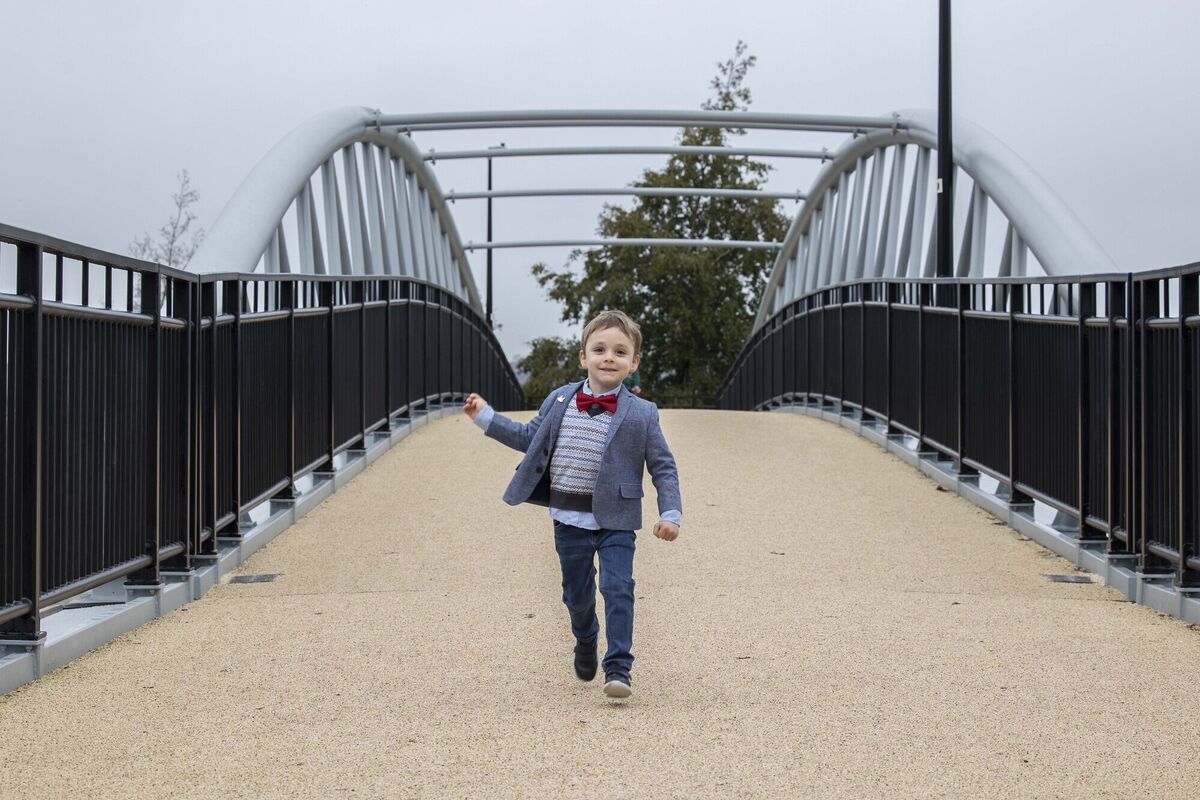
Indeed, there are many stories embedded in the local landscape and the story of Ballyphehane townland, where Tramore Valley Park stands.
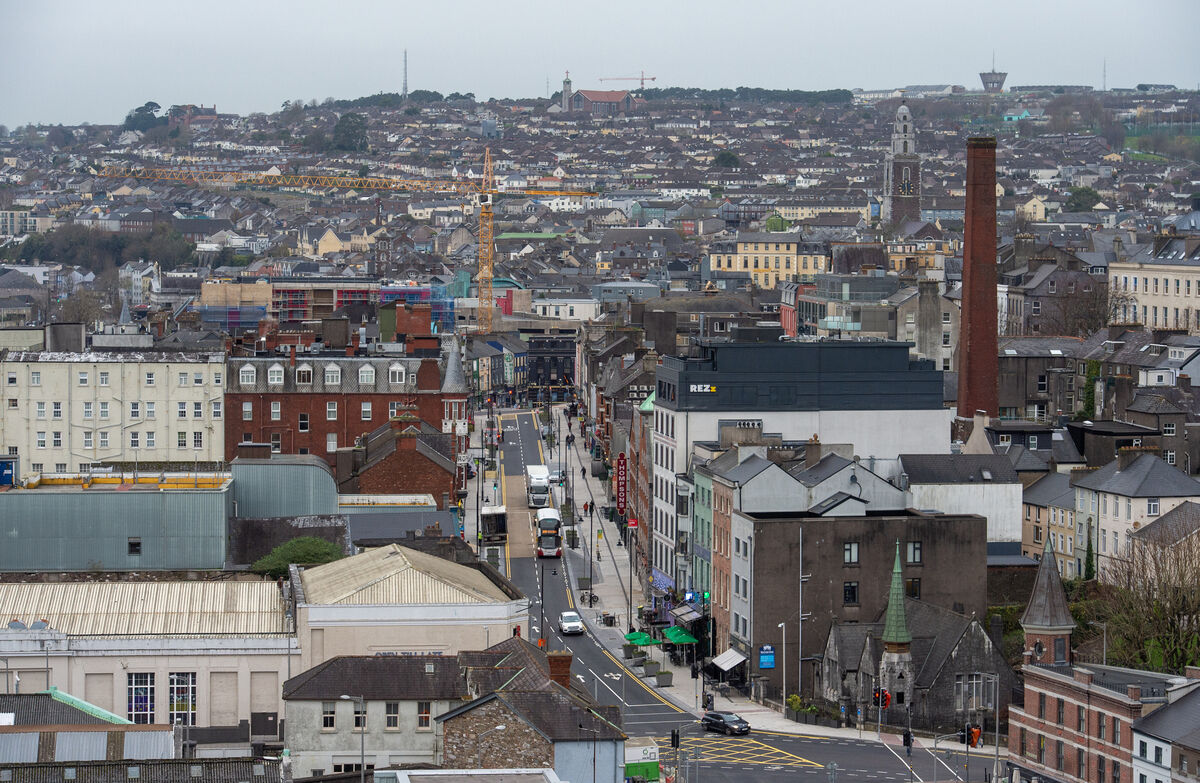
The DNA of this corner of Cork is rooted in the story of an emerging city in the late 18th and early 19th centuries, when it was branding itself the Venice of the North and the Athens of Ireland, in terms of cultural output.
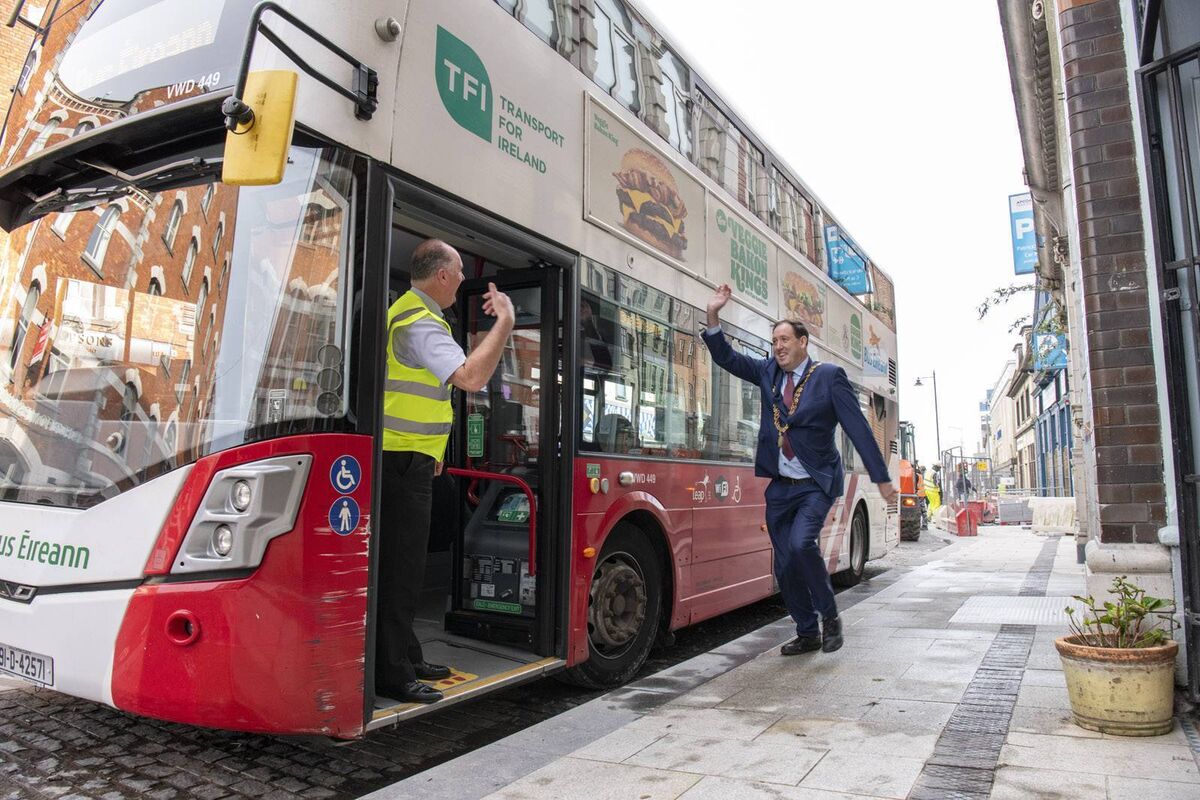
In the 1880s, the former Ogilive and Dobbin Wholesaler buildings were revealed and are now the Greene’s Restaurant and Isaac’s Hotel complex.

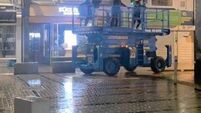



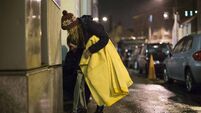

 App?
App?



